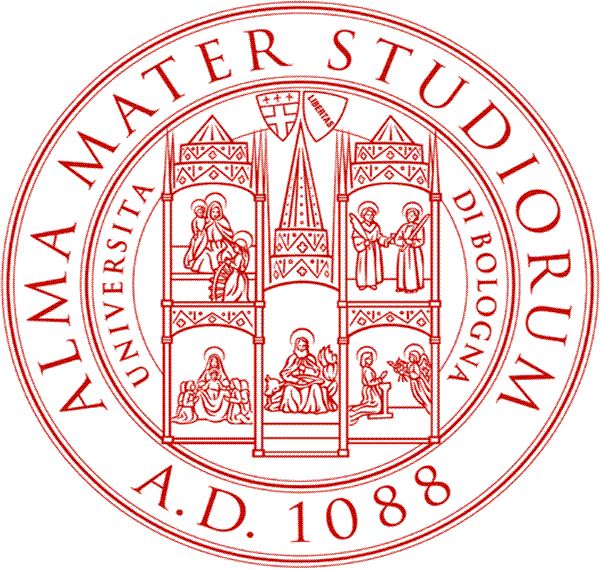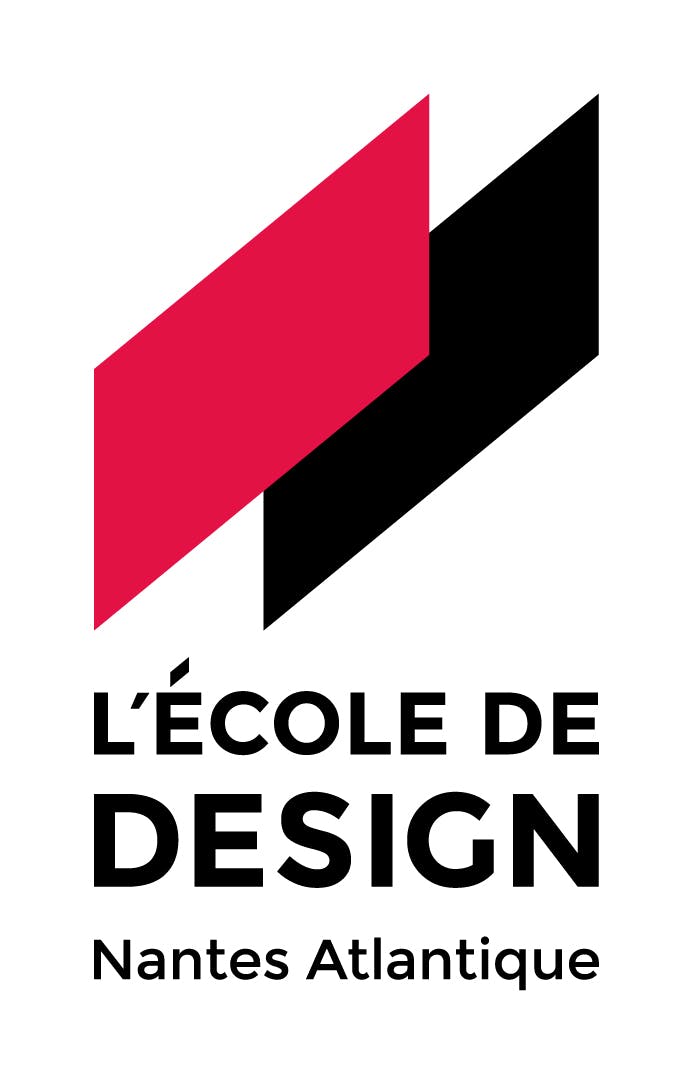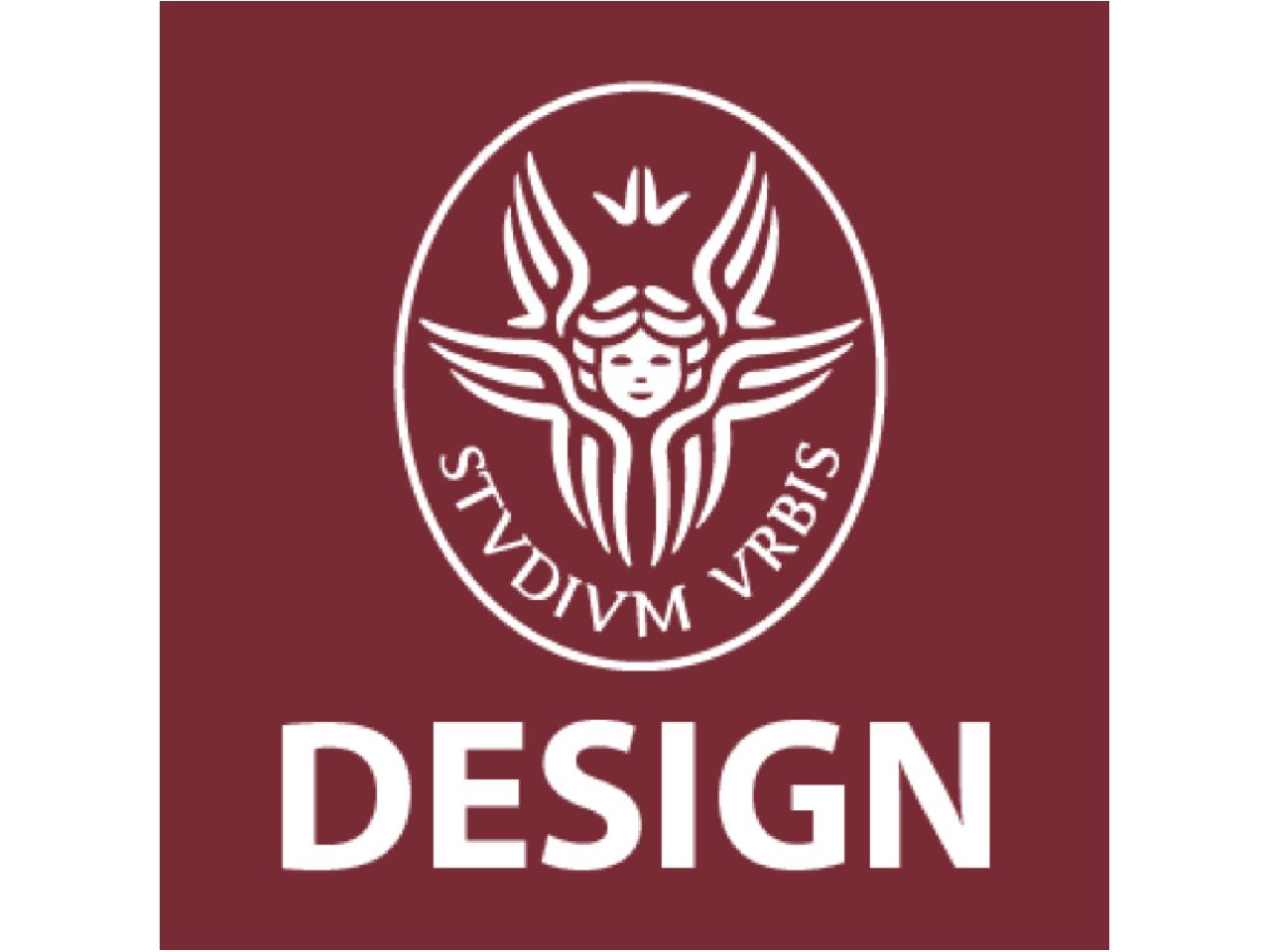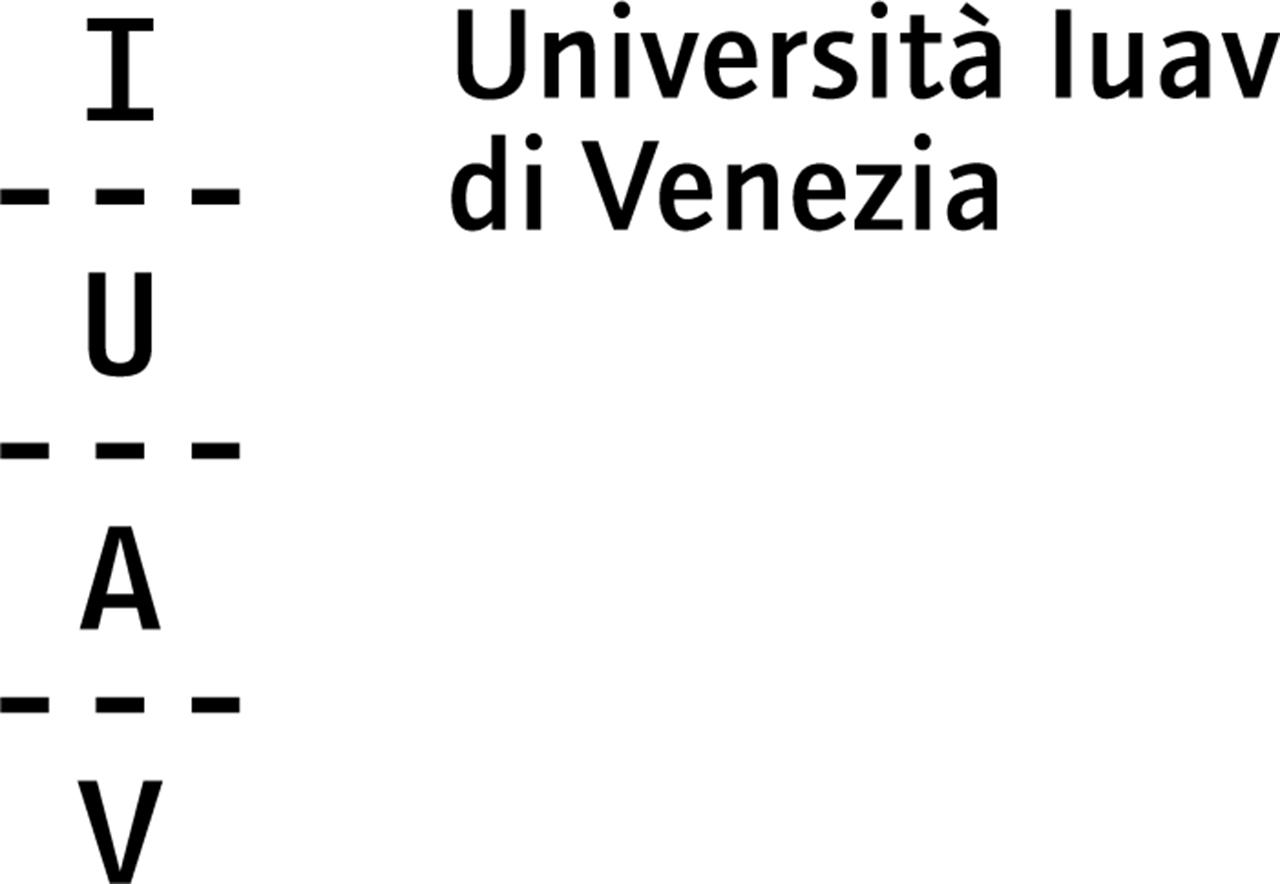Mission Statement
Academic programs in Industrial Design provide the theoretical, scientific and professional knowledge necessary for a designer, or in other words a person who is expert and skilled in planning, producing and improving industrial products. The latter term, industrial product, is not just understood by the Design Faculty as a physical item such as a car, a furniture element, an object, a garment or accessory, but also all the elements that serve to communicate a product and give it a “sense”, such as the aspects of graphic design and the creation of brands, web sites or fashion shows. This area of learning serves to meet the educational requirements asked by the industry of consumer products, public administrations and firms specialized in the design of communication, interiors, exhibitions and fashion, as well as the sectors responsible for selling and distributing these products. The suggested academic courses are arranged in two degree levels, the so-called 3+2 system, with a three-year Degree Course and a Master Degree that requires another two years. The three-year Degree Course produces graduates who are Design technicians or, in other words, professionals capable of collaborating in all the technical duties and design activities of the process that begins with the ideation and terminates with the production and distribution of the product in the market, and features different subjects in each Degree Course that has been created. Master Degree graduates are professionals capable of overseeing and defining the strategic aims of the design activities. These graduates are able to coordinate complex design activities, aimed at the creation of extensive and multifaceted product systems on the basis of the brand identity and the marketing strategies. Finally, those who have completed the Master Course may participate in the PhD program, a highly qualified academic itinerary for those who want to focus on design research. AR
International Role
The INternational office, Relé – is a key office organizing the relationships and links between the academic and research bodies of the Design system at Politecnico and the academic and research partners of the world. The collaborations with partners might consider all levels of the University world as well as the communication and organization of events to promote design as a factor of innovation.
The Design schools has signed more than 200 agreements with worlwide partners, double degree programs, and invites more than 20 international professors to teach in its class. More and more students are international, seeking in the Politecnico a strong academic background and in the city of Milan and the territory around it, all the opportunities offered to future designers.
National Role
The Scuola del Design collaborates with the other schools of the Politecnico di Milano (Engineering, Architecture), with the Bocconi University of Economics, Università Cattolica.
The School is part of the CUID (Conference of Italian Design Univesrities)
Main Focus
Milan has a long tradition of professional design practice, which grew out of the material culture of craftsmanship and industry in Lombardy at the beginning of the last century and boomed after the war and in the fifties with an original, authoritative voice. Industrial Design oversees the designing and enhancement of industrial products, integrating design disciplines (rooted in art and architecture) with technological (engineering and information technology based) and management (economics linked) disciplines. For over fifty years industrial design has been part of Universities and Scientific/Technological Institutions throughout the world: first in the industrialized European countries, in North America and in Japan; later in emerging and recently developed countries such as India, China, Brazil, Argentina, Korea and Taiwan.
In 1993 Milan, with its Politecnico, became the elective birthplace of the Degree Course in Industrial Design, the first of its kind in Italy. The Politecnico is a place of avant-garde training, a meeting point of different cultures.
It links architectural and artistic studies, with their creativity and focus on form, to technical, scientific and engineering studies. In addition, this university is noteworthy for its longstanding dialogue with the great entrepreneurial management tradition of small and medium enterprises which enrich the territory of Lombardy and of Italy in general.
The history of the Degree Course in Industrial Design – Design Faculty since June 2000 and now the School of Design – is characterized by its constant desire to experiment innovative, experimental development lines that respond to the real market needs of contemporary society.
The School of Design in the Politecnico di Milano is today the largest international university for the training of product, communication, interior and fashion designers, both by number of students and of teaching staff.
It is active in the recently built Milan campus. The following figures give some idea of its extent: approx. 5000 students, over 450 teaching staff and a further 400 or so research and teaching assistants working in various capacities.
Degree programs are organized at two levels: 3 year first level degree (Bachelor or B.Sc) and a further 2 year second level degree “Laurea Magistrale” (Master or M.Sc).
According to “QS Rankin by Subject” the School of Design is 1st in Italy, 2nd in Europe and 5th in the world.
Faculties and Departments
The Politecnico di Milano counts 4 schools (2 of Engineering, 1 of Architecture , 1 of Design)
and 12 Research Department out of which 1 of Design
Bachelor Level Programs
There are currently 4 first level degree programs (3 years):
Industrial product design
Communication design
Fashion Design
Interior design
Master Level Programs
There are currently 7 Laurea Magistrale programs (2 years):
Integrated product design
Communication design
Design for the fashion system
Interior and spatial design
Design and Engineering
Product Service Systems Design
Interaction and Digital Design
Naval and Nautic Design (joint Master with the Univesrity of Genoa in La Spezia)
Research Activity and Main Areas
The Design Department of the Politecnico di Milano
is one of the most relevant players in the field of research and education in Design at national and international level. It plays a role of scientific and cultural guide that has its roots in the “Milan System” history of Design as far as it concerns the sectors traditionally linked to Made in Italy in which design and polytechnic culture are still central. Today it is capable of exploring new research territories. In the 2020.2022 Scientific Program seven lines of departmental research arise all sustained by innovation and new tools sustained by the digital transformation.
1. Advanced manufacturing
2. New paradigms of innovation
3. Creative and cultural industries
4. Digital transformation and services
5. Digital transformation and products
6. Space, environments and artistic-museum heritage
7. Design for sustainability
www.dipartimentodesign.polimi.it
Doctorate Level Programs
The PhD program in Design, Dottorato in Design, of Politecnico di Milano, was started in 2008. It is run by the Department of Design toghether with the Department of Mechanics and the Department of Chemistry, Materials, and Chemical Engineering.
The program aims at training researcher-designers who will contribute original knowledge to the field of design by tackling the problems and identifying the potential of contemporary society. Their contribution may be brought to bear in: creating designs, visions, and proposals (research through design); developing tools and methods to put these into practice (research for design); critical analysis of design and its application domain (research on design). The PhD program in Design is internationally acknowledged as a center of higher education in design. It is the only
curriculum in Italy entirely focused on the disciplinary aspects of design and it carries on the legacy of the former doctoral program in industrial design, which, at its inception in 1991, was the first program about design in the Country.
phd.design.polimi.it
Subject Areas for Exchange Students
Every course at Bachelor level Every course at Master level except Nautical Design
Application Deadlines
All info for application for exchanges are to be found here on the webpage: https://www.polimi.it/en/exchange-students-incoming/
Timeline to plan the exchange programme: https://www.polimi.it/en/exchange-students-incoming/exchange-programmes/
deadlines are 15th May and 15th November
Teaching Languages
All courses are taught in Italian at the Bachelor level – most Masters offer program in English.
Italian for foreigners courses are organised for exchange students for around 40 hours in both semesters. Some professors help students with English bibliographies.
Semester Dates
1st semester: mid-Spetember to end of December followed by exams in January and February
2nd semester: end of February to end of May/early June followed by exams in June and July
Cost of Living Per Month (Studying and Living)
The minimum can be:
450 € the room – 200 € for life – 30 € for travel – 20 € material but it depends on the courses
Students
Bachelor: 900 x year
Master: 750 x year
Doctorate: 16 per year
Exchange Students
Incoming: 200
Outgoing: 170
Teaching Staff
Professors: 116
Lectures: 20
Part-time Teachers: 400














